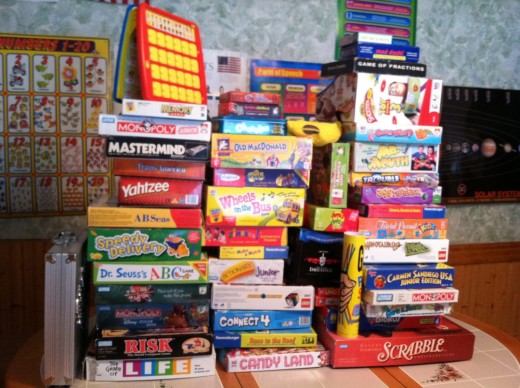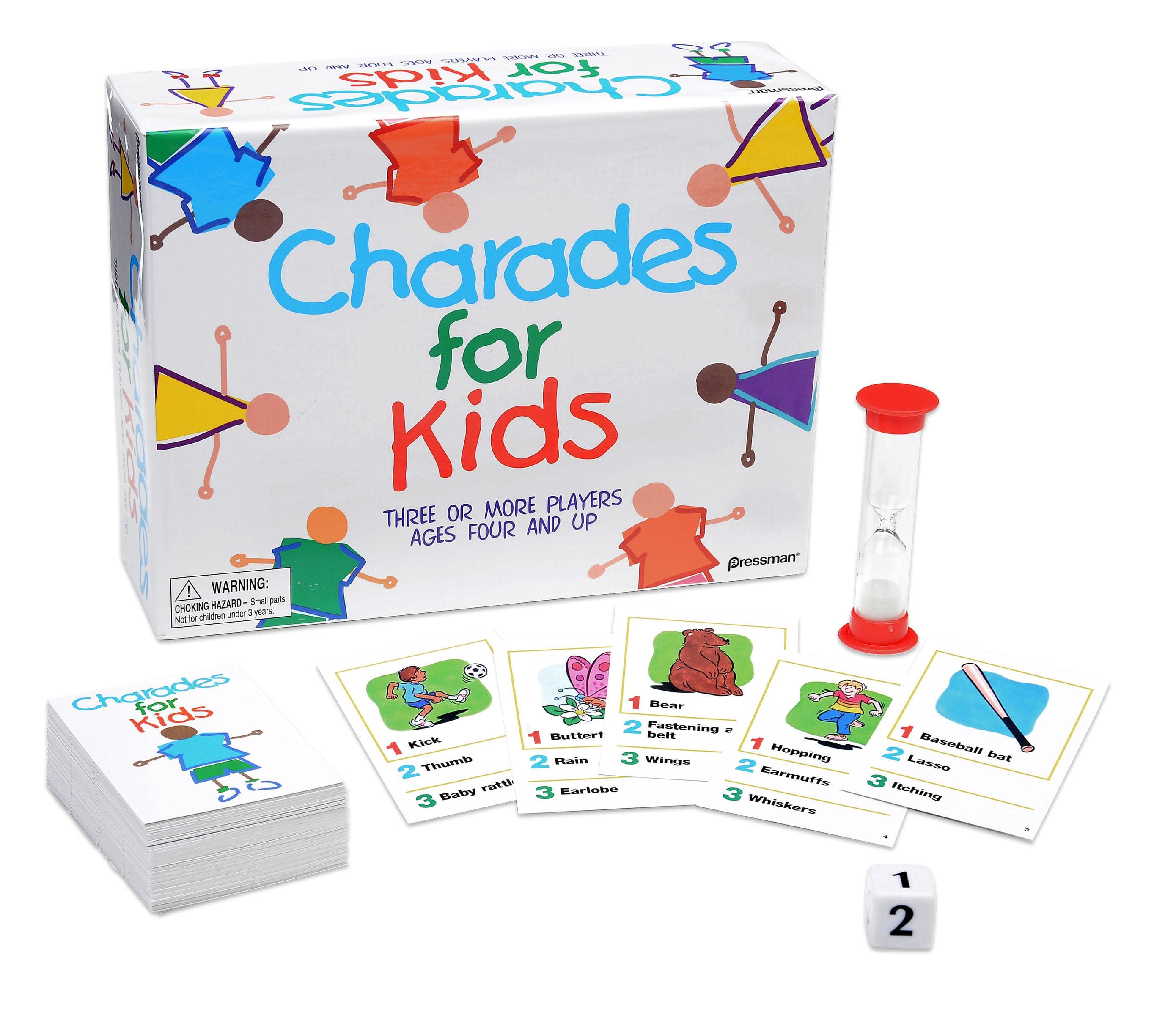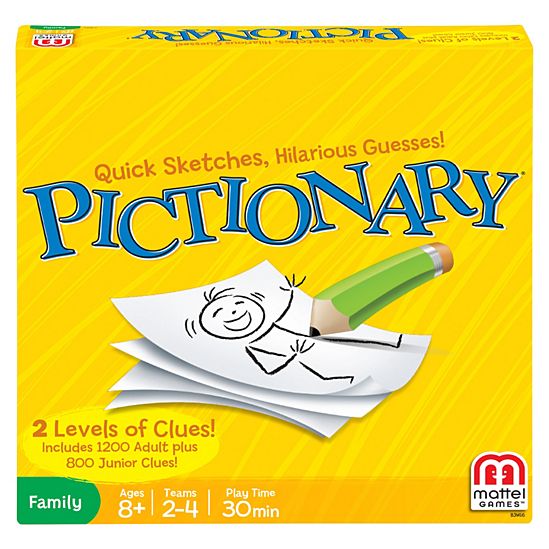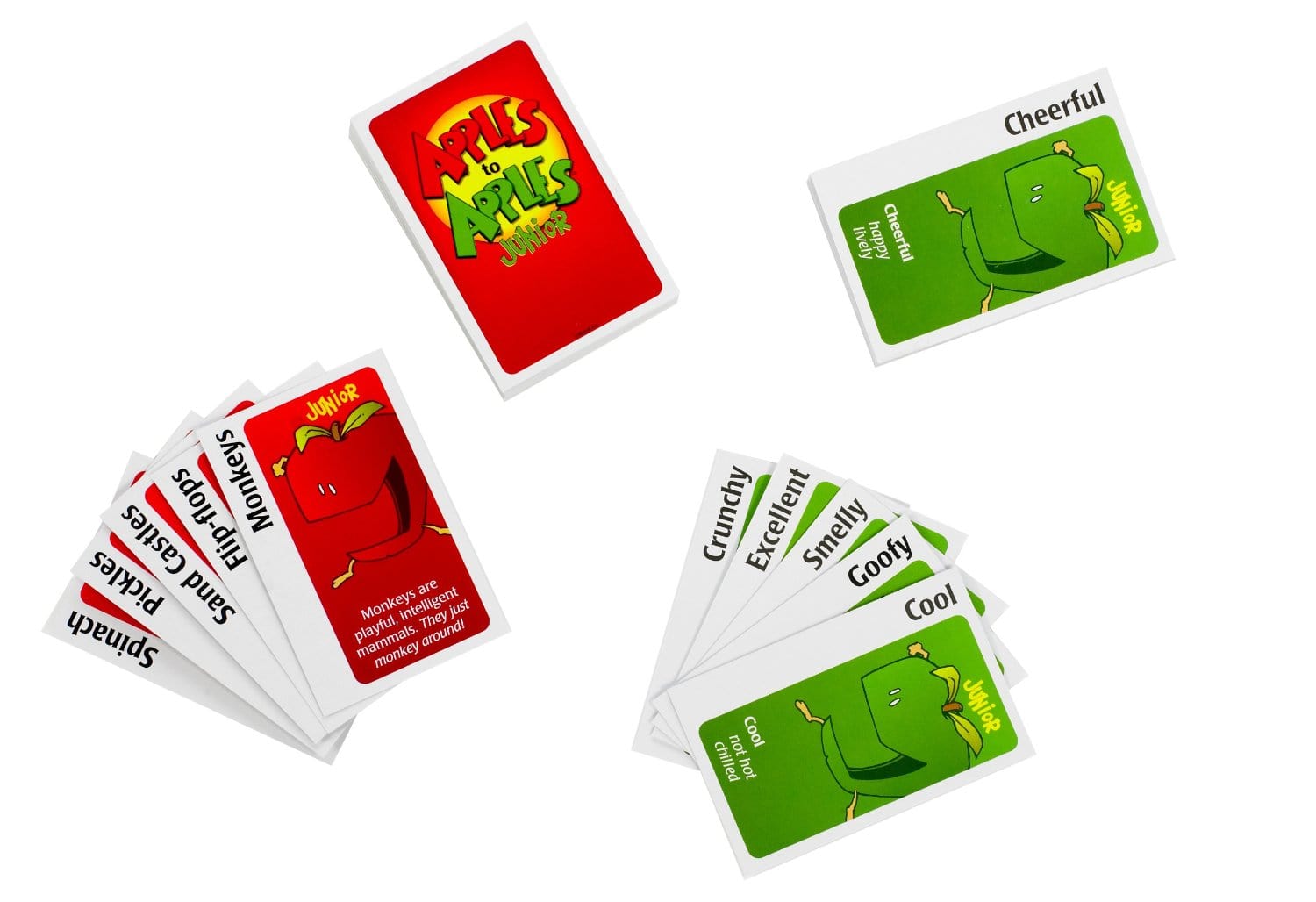Using board games in class can be an effective way to enhance student engagement and improve English language skills. These games are also very adaptable and can be customized to match any lesson or learning context. They can be used as ice-breakers at the start of a lesson, as fillers between activities, and as activities at the end of a lesson to review key points.
What are the best board games for ESL students?
Classic board games are great teaching tools. First of all, most teachers and learners are already familiar with these types of games. Second, they have been pre-tested by the game manufacturer for quality and playability. Most importantly, almost any board game can be adapted for the English language classroom. It just takes a little bit of creativity on behalf of the teacher.
Moreover, if you are concerned about budget or costs, it isn’t always necessary to buy the games. You can take the core concepts from the board game and adapt them to your teaching context using the materials that you already have.

What board games are the easiest to adapt?
The best games to adapt for language learning are the ones which most people are familiar with or have already played outside of class. This way, less time is required explaining the aim of the game because students know about the rules already. However, even if they haven’t played the game before, the concepts are still simple enough to understand.
For instance, most of us are familiar with popular board games like Charades, Pictionary, Scrabble, and Apples to Apples. These games are the easiest to adapt and can be used with any level or age group.
Below is a complete summary of the best four board games for ESL students. Read and learn how you can easily adapt each game for practicing English skills in class.
Charades
Charades can be played by using single words, such as any noun, verb, or adjective. If you want to make it more difficult, use phrases, expressions, or full sentences. You could also base it on themes, like movies, famous people, or the students’ names etc.
If some students are unfamiliar with Charades, make sure to model an example for them before playing the game. Remind them that the goal is to elicit the words through silent physical actions, not by speaking.
Charades is one of the best games to use in most classroom contexts because it is interactive and entertaining for all ages. It is an excellent way for kinesthetic learners to review important vocabulary and expressions from a previous lesson. Plus, it helps break up the pace of a lesson and inject some energy into the class.

Pictionary
Pictionary is another fun game that you can use to review vocabulary. Just like Charades, you can make it more difficult by eliciting longer phrases or complete sentences. Only instead of doing it through silent actions, you accomplish the task by drawing pictures on the board.
You can even combine the games together by using a coin. One side of the coin represents Charades, while the other side denotes Pictionary.
When it is someone’s turn to elicit a new word or phrase, flip the coin to determine if they should either perform a silent action or draw a picture.

Scrabble
When you think of the game of Scrabble, you may wonder how it could be used in larger classes. The traditional game of Scrabble is usually played with individual players on a small board. However, the concept of the game can be adapted to suit any classroom context.
On the classroom board, draw a large version of the Scrabble game board. Generally, a grid of 10×10 squares is appropriate for most situations.
Divide the class into teams and base the vocabulary on any words that you want to review. The teams score points by forming words on the board just like in the traditional game. You can assign higher points to uncommon letters or make each letter worth one point to keep it simpler. Certain squares on the board (like on the diagonal axes) can denote a double or triple score.
Unlike the traditional game, it isn’t necessary to give the teams a series of letters to use. This would likely make the game too challenging and impose too many restrictions.

Apples to Apples
The concept of Apples to Apples is ideal for the English language classroom. In the traditional game, there are two types of cards. Red cards consist of nouns: people, places, and things. Green cards consist of adjectives to describe the nouns.
In groups, the “Judge” gives each player 5 red cards (the amount can be adjusted). Next, the Judge reveals one green adjective card to the group. The students then select one red card from their collection and describe why their card is the best match to that particular adjective.
Of course, you can adjust the difficulty level the game for beginners or intermediate students by simplifying the description task.
If you don’t have the actual game, you can create the cards or print out a free PDF version of Apples to Apples. Better yet, you can have your students create the words in class.
Divide the class into teams or smaller groups if you prefer. Assign one student in each group to be the “Judge” who deals out the cards to each student. Alternatively, you can play the game as a whole class and the teacher can act as the judge for all of the students.

Other Activities and Board Games for ESL Students
These are just four examples of how you can adapt traditional board games for ESL students in class. But those are just a few of the classics. There are more games you can try, such as Balderdash, Monopoly, Battleships, and many others that your students will enjoy.
For more fun ESL games and additional details about how to use board games for language learning, visit ESLexpat.com.

